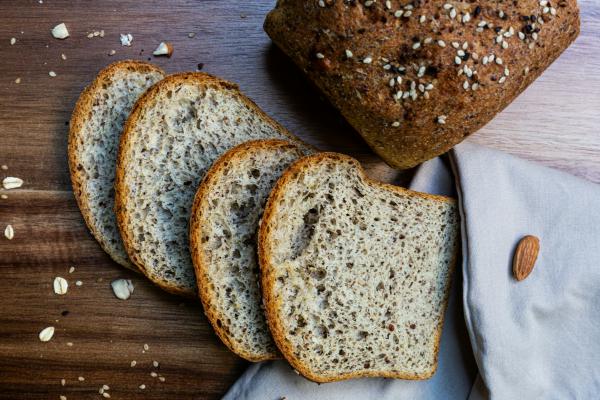


For those following a ketogenic diet, cutting out bread can be one of the most challenging aspects of going low-carb. However, with some modifications, you don’t have to miss out on this staple food item. This guide will discuss the secrets to making keto friendly bread that rivals the taste and texture of regular wheat bread.

Keto bread is a type of bread made with low-carb ingredients that is suitable for a ketogenic or low-carb diet.
Keto bread aims to provide a suitable low-carb alternative to wheat bread to avoid cheating on the keto diet. With experimenting, the right recipe can satisfy bread cravings.
The first step is choosing flour alternatives to replace wheat flour. Several options work well:
Made from ground-blanched almonds, almond flour has a mild flavor that mixes well into most keto bread recipes. It provides structure but results in a denser loaf than wheat bread.
Derived from dried coconut meat, coconut flour is highly absorbent, so less is needed than other flours. It produces an exceptionally light and fluffy texture.
In addition to almond flour, nut flour from walnuts, hazelnuts, or pecans contributes to flavor, nutritional benefits, and texture when substituted for wheat flour.
Ground flaxseed, hemp, pumpkin, and sunflower seed flours supply fiber, fats, and protein to support a low-carb diet. Flaxseed flour quickly absorbs liquid, so it’s best blended with additional flour.
Whey, casein, or egg white protein powders add moisture and structure to keto bread dough without compromising nutritional goals. They strengthen the bread’s structure.
The ideal mix combines two or more low-carb flour options to ensure maximum moisture retention, tenderness, and flavor. A classic blend incorporates 2/3 cup almond flour and 1/3 cup coconut flour.
Here are some of the critical potential health benefits of keto-friendly bread:
For those with health conditions like PCOS, reducing carb and gluten intake may also help manage symptoms long-term. Overall gut and metabolic wellness are improved versus regular breads.
A study found that bread made with almond flour and coconut flour containing only 3g net carbs per slice did not significantly impact blood ketone levels over six months for those following a keto diet.
Research shows bread made with seed and nut meals like buckwheat and psyllium husk are generally better tolerated than high FODMAP wheat as they ferment more slowly.
Population studies link higher nut consumption to a lower risk of heart disease and diabetes, possibly due to anti-inflammatory compounds in nuts like polyphenols and phytosterols.
A study gave participants nut/seed flour bread containing MCT oil and found it supported weight loss and reduced inflammation/LDL just as well as a regular paleo diet over 12 weeks.
Case studies had subjects substitute half wheat flour with 20g of whey protein powder in bread. They maintained muscle mass and strength during a 2-month bulk phase better than those without the supplemented protein bread.
According to analysis, many nut-based bread recipes provide notable vitamins, minerals, and antioxidants per slice beyond those found in wheat bread.
With further research, keto-friendly bread can successfully accommodate specialized diets and medical needs when crafted from optimized whole-food ingredients. More options are constantly emerging.
Myth 1: All bread is off-limits on keto.
Fact 1: Keto bread recipes with low-carb ingredients like nut flours can fit within keto macros if portioned properly.
Myth 2: Keto bread tastes terrible compared to wheat bread.
Fact 2: With the right formulation, keto bread can be soft, fluffy, and enjoyable while still low in net carbs.
Myth 3: Eating any kind of bread will knock you out of ketosis.
Fact 3: Moderate amounts (1-2 slices) of keto bread containing <5g net carbs each has shown to not disrupt ketosis for many people.
Myth 4: Making keto bread is too time consuming.
Fact 4: Basic nut-based keto bread recipes require about the same effort as regular varieties, just using different flours.
Myth 5: I’ll lose weight slower if I eat keto bread.
Fact 5: As long as total carbs stay <50g daily, keto bread won’t necessarily impede weight loss for most.
Myth 6: Keto bread isn’t filling due to lacking wheat.
Fact 6: Protein, fiber and fat in nut flours along with add-ins contribute to keto bread’s satiating properties.
Myth 7: Nut flours and low-carb substitutes aren’t as healthy as wheat.
Fact 7: Many keto bread ingredients provide extra nutrients relative to wheat alone.
So, in summary – with proper formulation and portioning, keto bread doesn’t have to be off limits or
negatively impact health goals for those watching carbs.
When to eat keto bread makes a difference. Research indicates consuming 5g or less net carbs as a snack rather than a principal meal minimizes the postprandial blood sugar and insulin response.
Enjoying one or two slices between larger low-carb meals helps shift the body back to fat-burning more quickly.
While small amounts fit comfortably into a ketogenic lifestyle, restraint is still required. Oversizing portions, regardless of timing, risks excess carb intake, hindering ketosis.[7] Weighing or measuring bread ensures regulated portions that won’t compromise weight loss or health goals over time.
Discipline remains important.
Keto bread can satisfy bread cravings without sabotaging your low-carb goals. You can make nutritious, delicious keto bread at home with the right ingredients and preparation. Focus on portion control and smart timing around meals. While discipline is still required, enjoying keto bread in moderation provides a comforting bridge to ease the transition to a ketogenic diet. Don’t fear giving up bread – with our tips, you can make keto bread a staple in your low-carb kitchen arsenal.





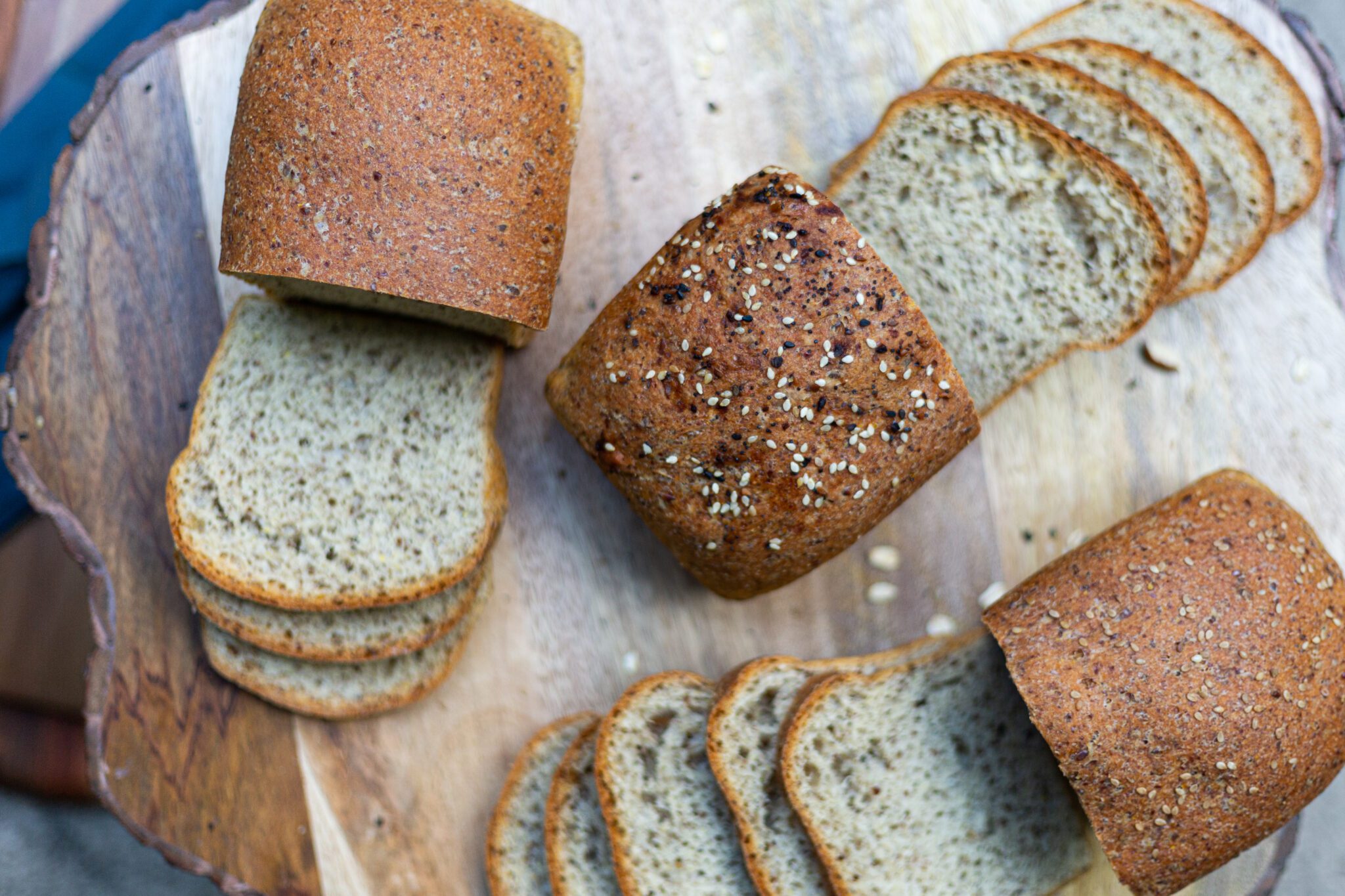


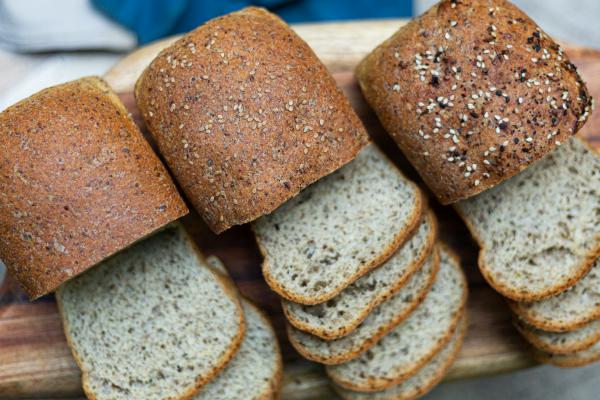


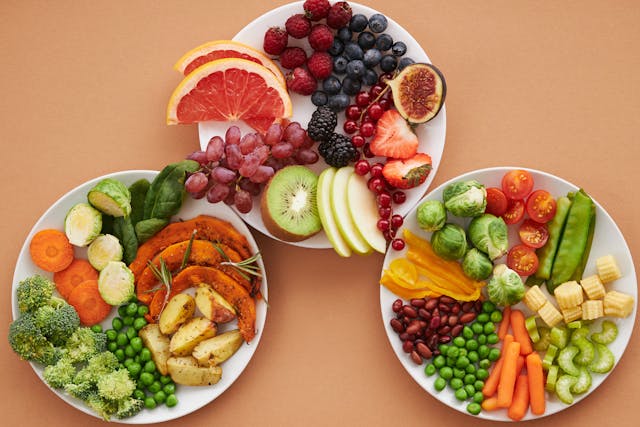






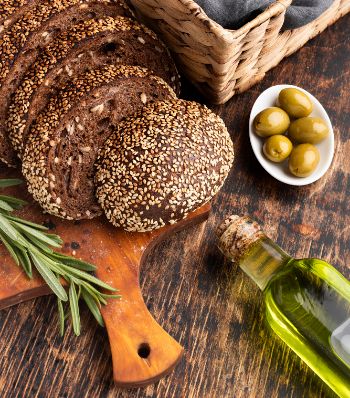

Sign up below to receive exclusive deals and be first to know when delicious new products are coming out.